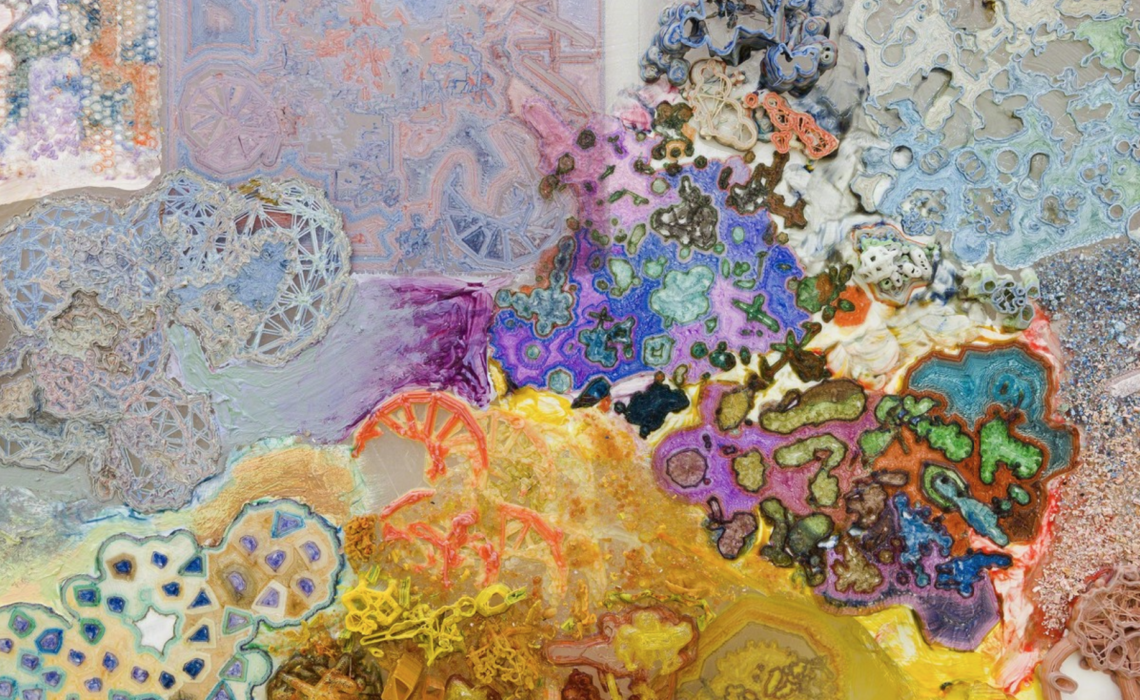
Artists once had to spend hours creating handmade 3D models of the objects in their heads. But things like weak (or costly) materials, complex geometries, or scaling issues could make even small sculptures impossible to realize. It’s no surprise that 3D printing has set artists free — and supported new ways of generating art itself. Meet four artists who are showing us what’s possible.
Nervous System: “Growing” Art
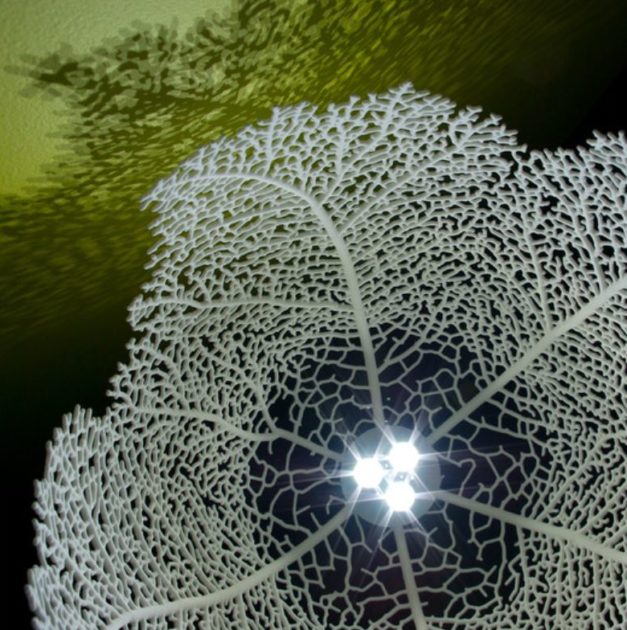
Arboreal Lamp, Hyphae Collection, Nervous System
Think about the first time you looked at the structure of a plant through a microscope. Do you remember what seemed like infinite cells in a totally randomized, yet somehow coherent order? Did you marvel at the complexity of it all? Well, Jessica Rosenkrantz did. And using algorithmic design, she’s created 3D models that mimic how natural processes work, essentially “growing” organic-looking sculptures, jewelry, and clothing of incredibly intricate detail and complexity. Creating objects like these by hand could take years (or be impossible altogether). But 3D printing allows her to create them in days — and to create just enough to meet demand.
Timothy Belliveau’s Venture Into Metal and Glass
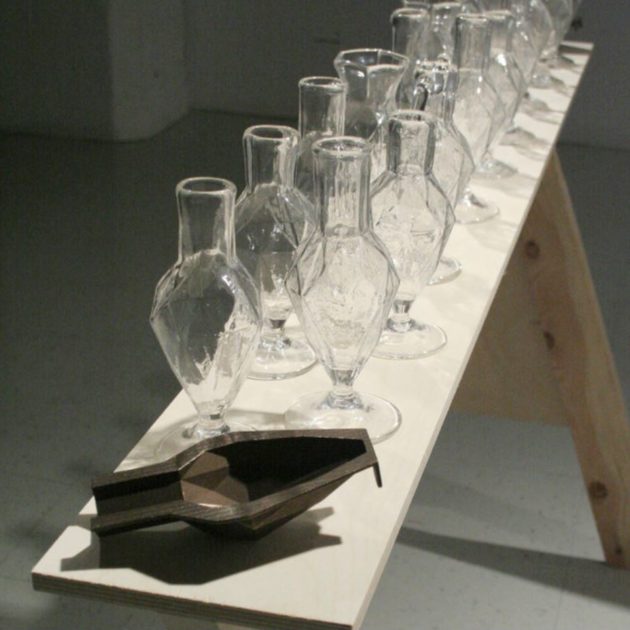
3D Printed Bronze Mold (w/ Blown Vessels), Timothy Belliveau
Using molds with glass blowing has been around for centuries. Using 3D printing, Artist Timothy Belliveau has created a project of his own that celebrates this technique. He designed and printed a full-size bronze mold to create his own unique glass vessels modeled after an ancient Roman style that inspired him. The costs of creating such a mold himself would have been prohibitive, so he turned to Shapeways to bring his project to life.
Shane Hope’s Impossible Molecular Abstractionism
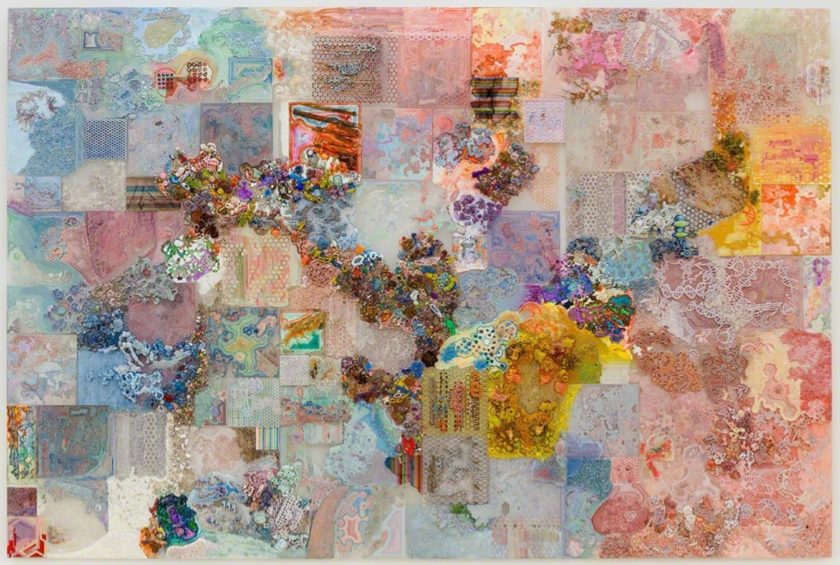
Nano-Nonobjective-Oriented Ontograph No. 2, Shane Hope
From far away, Shane Hope’s work appears to be a manic pastiche of abstract forms. Chaotic patterns weave in and out, with no single cohesive element, or uniformity of brushstroke. That is, however, until you move in to get a closer look. Then you realize that those dozens of shapes… have height. Depth. And detail! Such intricate detail. Using 3D printed models created from nanomolecular design software, Hope merges science and art in dozens of mesmerizing ways.
Ashley Zelinskie: Art for the Singularity
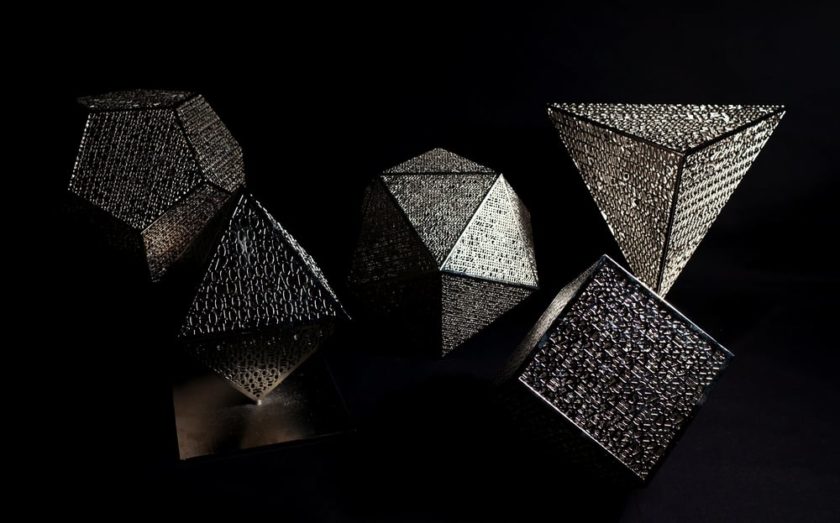
Platonic Solids, Ashley Zelinskie
The singularity is something a lot of us joke about. After all, a single word that can describe the moment human beings become inferior to machines is a real life fear for an increasing number of us, but not for Ashley Zelinskie. No, she’s embracing the future in which both of us, humans and machines, can enjoy art.
To that end, she has used 3D printing to take the base hexadecimal and binary code of an object, work of art, or in one particularly interesting instance, a box of Brillo pads as the structure of the subject itself. “What kind of 3D printer can even handle that,” you ask? Perhaps it’s better if Ashley answers this one for herself:
On the Horizon
Artists are working with 3D printing because it helps them cut material costs, increase the number of works they can produce, and most importantly, give shape to things that would be difficult or impossible to create with other techniques. And as 3D printing continues to improve, we believe we’re only at the beginning of what the medium can do.


